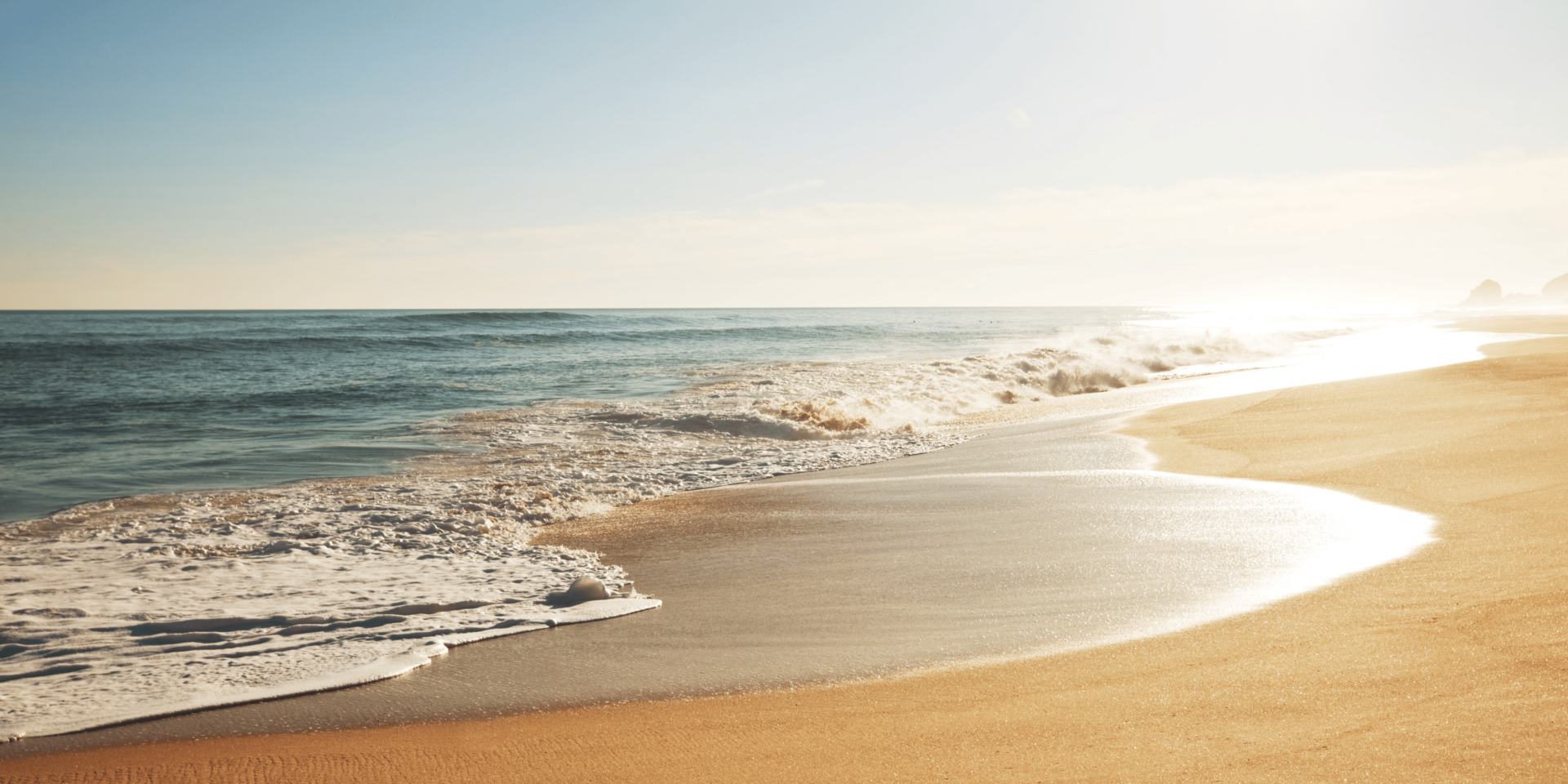Blending Architecture With Natural Elements
This seaside sanctuary embraces the coast by integrating architecture with the environment. Instead of standing apart from its surroundings, the structure follows the land’s natural contours and highlights the beauty of ocean views. Builders use local stone, natural wood, and glass walls to create a design that feels grounded and open.
In a quiet residential area, the home sits back from the shoreline just enough to avoid storm impact while still offering clear sightlines to the sea. This thoughtful placement balances protection with visibility, making each room part of the landscape.
Prioritizing Light, Air, and Flow
Light and air define the experience inside this coastal retreat. Open floor plans, high ceilings, and floor-to-ceiling windows allow sunlight to move freely. Cross-ventilation removes the need for constant air conditioning, letting sea breezes cool the space naturally.
Walking through the living space, you feel a continuous flow from room to room. There are no abrupt transitions or cluttered partitions. The home invites movement, encouraging relaxation and interaction at every step.
Functional Design With Coastal Living in Mind
Every design decision reflects how people live near the ocean. Durable materials resist humidity, salt air, and sand. Furniture includes weatherproof textiles that dry quickly and withstand fading. Flooring choices, like polished concrete or sealed wood, stay cool underfoot and handle wear with ease.
A family returning from the beach can rinse off in an outdoor shower, drop wet gear in a mudroom, and head inside without tracking sand across the entire home. This layout supports a lifestyle centered around daily beach activity.
Calm Color Palettes That Reflect the Landscape
Color plays a major role in defining this seaside sanctuary. Designers avoid bright, artificial tones in favor of soft neutrals, ocean blues, and sun-washed hues. These choices mirror the natural scenery and help rooms feel connected to the coast.
The master bedroom faces the water, with sandy beige walls and gauzy curtains that sway in the breeze. The mood is calm, not because of a marketing trend, but because every visual element supports a sense of ease.
Outdoor Spaces That Feel Like Extensions of the Home
This coastal retreat makes outdoor areas feel as livable as the interior. Shaded patios, fire pits, plunge pools, and rooftop decks all feature seating and lighting that support real use, not just occasional entertaining. Outdoor kitchens and dining zones encourage year-round meals under the sky.
A couple might start their morning with coffee on the deck, shielded from direct sun but exposed to the breeze. In the evening, the same space becomes a spot for stargazing or sharing a drink without leaving home.
Built for Quiet, Not for Show
Unlike oversized beach homes designed to impress from the curb, this sanctuary values privacy and peace. Landscaping creates buffers from neighbors and reduces noise. Entryways are modest, and decorative elements stay minimal.
Visitors arrive through a narrow path lined with coastal grasses and are welcomed by a simple wood door framed in stone. The space doesn’t announce itself—it waits to be discovered. That quiet restraint is part of what makes it feel luxurious.
Low-Impact Living in a High-End Setting
Sustainability isn’t just a feature here—it’s a principle. Solar panels reduce energy reliance, and rainwater collection systems support irrigation. Smart thermostats and LED lighting improve efficiency without requiring user input.
Residents live in comfort without wasting resources. The design supports responsible living by default, making it easier to care for the planet while enjoying a refined space.
Interior Layout Encourages Connection
The floor plan at this sanctuary invites conversation. Kitchens open into living rooms. Dining areas flow into lounging spaces. No one has to isolate in another room just to cook, relax, or host guests.
During a weekend gathering, the host can prepare meals while chatting with guests seated nearby. Every part of the house supports social interaction, without sacrificing calm and comfort.
Craftsmanship Over Trends
Rather than chase current design fads, this sanctuary relies on craftsmanship and quality materials. Built-in shelving, custom cabinetry, and handmade fixtures bring lasting value. These details do not age quickly and do not require frequent updates.
A hand-carved banister or a locally made tile backsplash may not appear in a showroom catalog, but they carry meaning and durability. The focus is on building something that endures, not something that follows trends.
A Place That Feels Like It Belongs
The final achievement of this seaside home is its sense of place. It doesn’t look like it was copied from another region or dropped into the coastline from somewhere else. It belongs here. From the materials to the layout to the way the wind moves through open windows, every detail responds to the environment.
This isn’t just a house near the sea. It’s a home that lives with the sea. And that’s what makes it a true sanctuary—a place designed to fit its surroundings, serve its residents, and stand the test of time.

